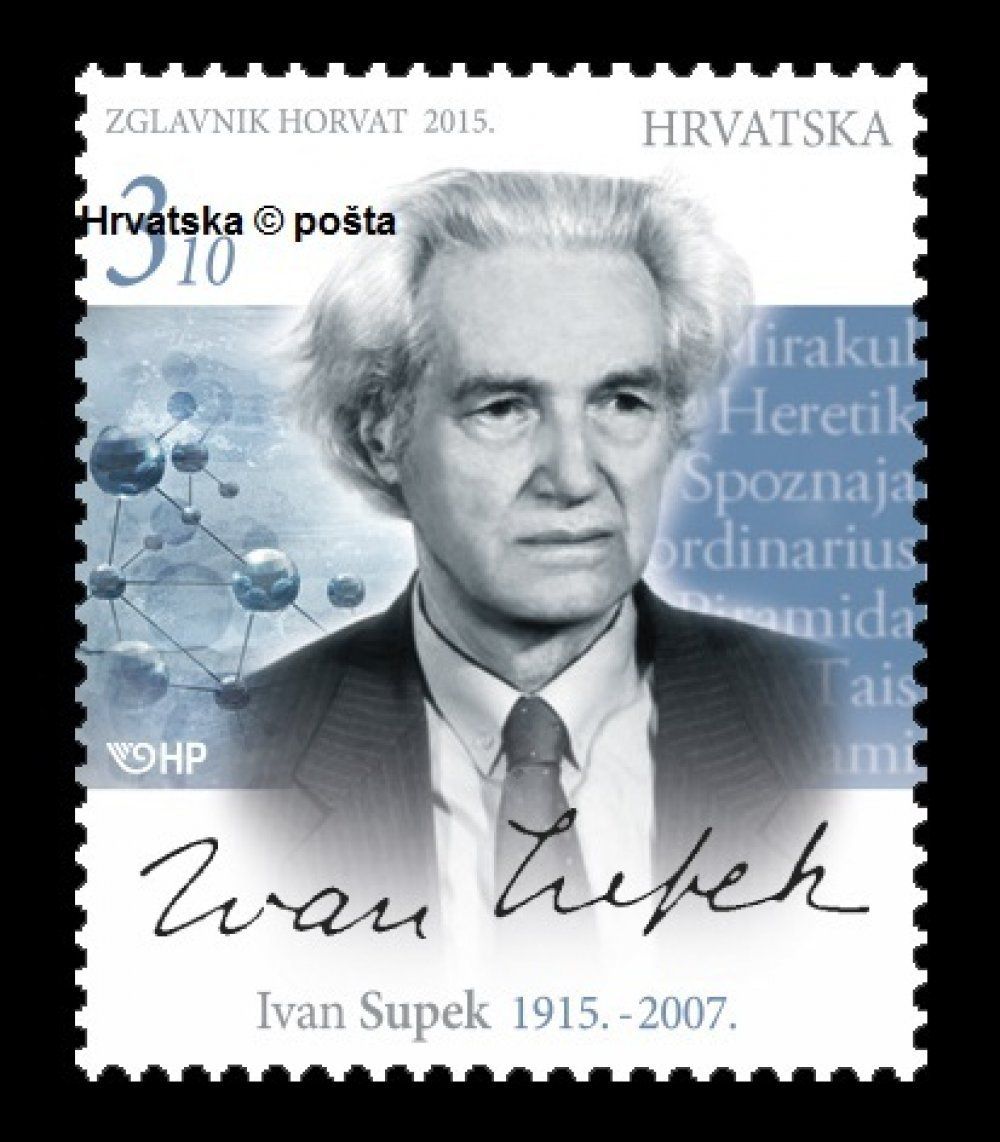Take a peek at Croatian history for this week, you may be surprised by what you find...
April 2
Born on this day in 1878 in Jelsa, Antun Dobronić was a Croatian composer and pupil of Vítězslav Novák. He studied at the Prague Conservatory from 1910 to 1912. From 1922 to 1940, he served as a professor at the Zagreb Academy of Music. His works show a strong streak of Croatian nationalism, which also is manifest in his writings on music. He sought to integrate high culture music techniques with traditional Croatian folk elements. Dobronić was a prolific composer. He composed eight symphonies and six ballets. He also composed operas, chamber music, and works for choirs.
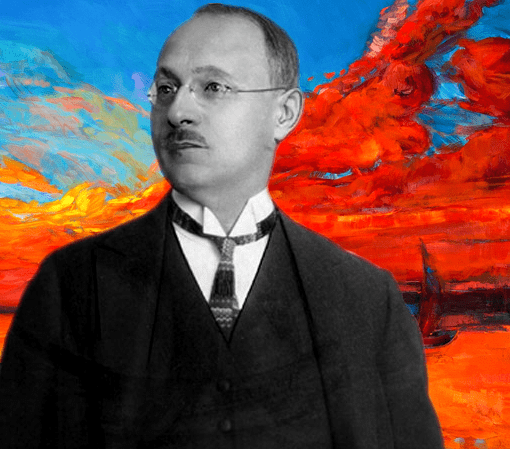
April 3
Menci Clement Crnčić, born in Austria on this day in 1865. was a Croatian painter, printmaker, teacher and museum director. He studied painting and drawing in Vienna and Munich, and trained in graphic arts in Vienna, studying etching and engraving. He was the first artist in the Croatian graphic tradition to abandon a strictly linear style and use tonal variation to create contrasting areas of light and shade.Crnčić established himself as a marine artist with a series of paintings of the Istrian peninsula and the Adriatic coast. He was one of the founders of the first private painting school in Zagreb, which grew to become part of the Academy of Fine Arts, Zagreb. Menci Clement Crnčić is among the founders of modern Croatian painting, contributing greatly to its development. He promoted landscape painting, mainly seascapes, using light, colour, and soft strokes in an impressionist style. He was the founder of modern Croatian graphic art, and played an important role in teaching several generations of Croatian painters.
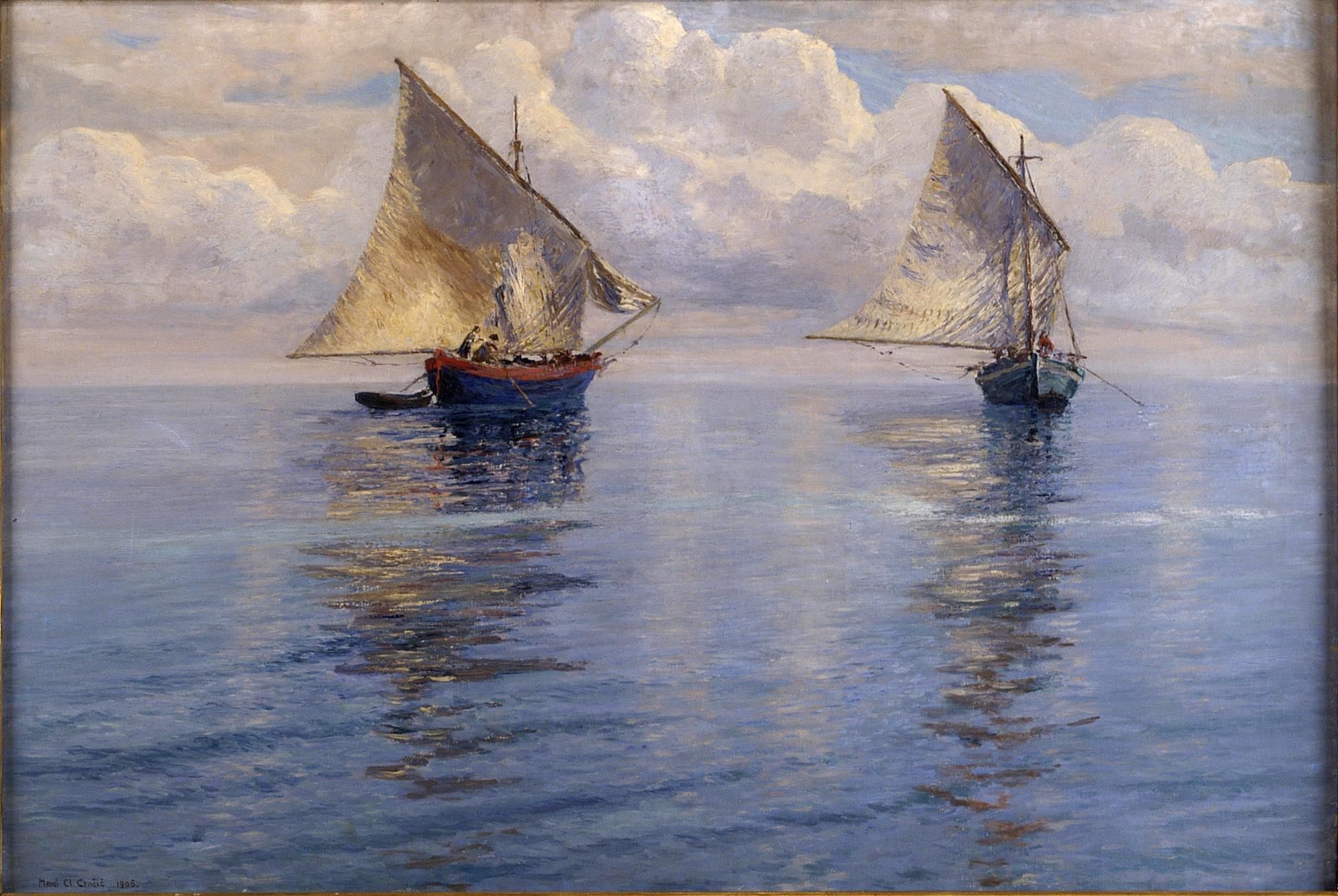
April 4
Bernard "Bajdo" Vukas, who dies on April 4, 1983, was a Croatian football player, voted by the Croatian Football Federation as the best Croatian player of all Time, and in a poll by Večernji List, he was voted the best Croatian athlete of the 20th century. He played in Hajduk from 1947 until 1957, playing 202 games and scoring 89 goals. With Hajduk, Vukas won the Yugoslav First League title on three occasions, in 1950, 1952 and 1955, and he was the league's top scorer in the 1954–55 season with 20 goals. In 1950, Vukas helped Hajduk win the Yugoslav First League undefeated, a record which has never been broken. Counting friendlies, Vukas played a total of 615 games for Hajduk Split and scored 300 goals. In 1955, Vukas was invited to play for the UEFA Team in a friendly match against Great Britain played in Belfast, where Vukas scored a hatrick. There are streets in Split and Zagreb named after him.
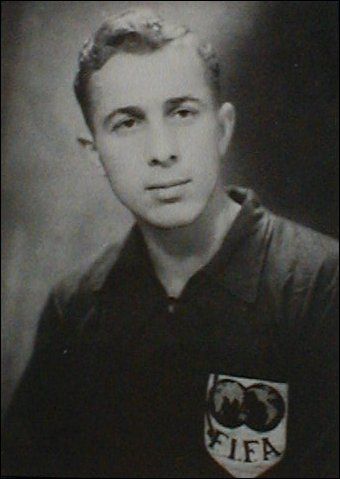
April 5
Mirko Seljan, born on this day in 1871, and Stjepan Seljan were Croatian explorers. After receiving basic education in Karlovac and attending Gymnasium Karlovac, they started traveling across Europe. Older Mirko was, in 1898, known under the name Champion Globetrotter because he walked the distance between Paris, France and Saint Petersburg in Russia. It is believed that the brothers started their journey after being impressed by the books or lectures by another Croatian explorer, Dragutin Lerman, who was in Africa as leader of Henry Morton Stanley's team. On their visit to Africa, Menelik II, Emperor of Ethiopia provided them with an escort of 300 people to continue their expedition to the south. Mirko was appointed governor of the southern province of Ethiopia. They spent three years defining the border between Ethiopia and Kenya. Their expedition and military camps near Lake Turkana (Lake Rudolf) were named Seljanville and still appear on maps today. In April 1903 the two brothers left for Rio de Janeiro in Brazil with the intention of entering areas that were at that time unknown, to establish traveling and trade routes and permanent posts. During 1903, they established the Croatian Scientific Mission (Misión Científica Croata). They made contacts with the Guaraní tribe around the Aguapehu river and intensively mapped the area. The brothers took different paths for the first time in October 1912 with Stjepan heading toward the United States to initiate new business contracts. Because his group did not meet another group of explorers to continue with, Mirko decided to proceed on his own deeper into the rainforest around Huayabamba river, not to be seen again.
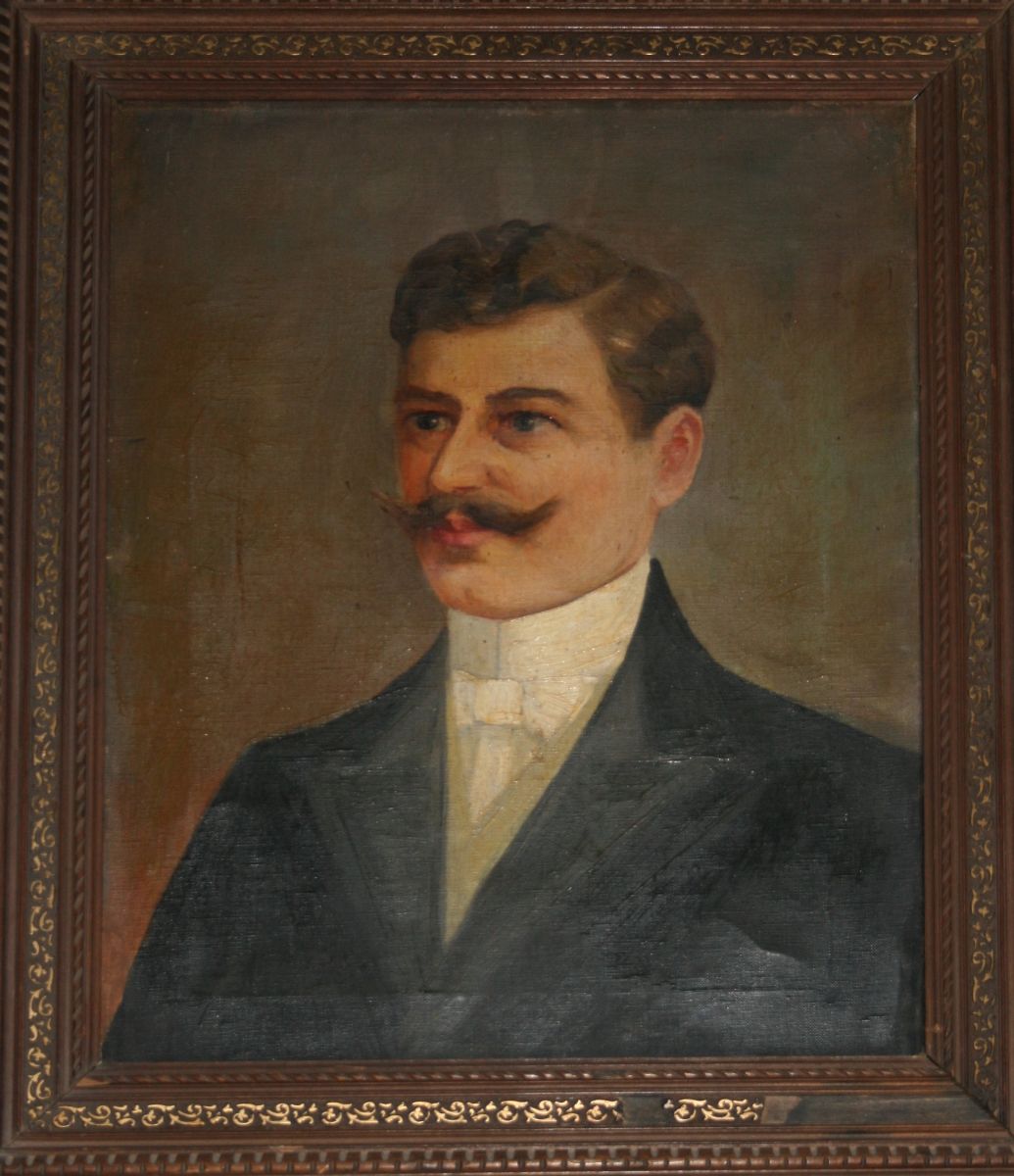
April 6
The earthquake in Dubrovnik in 1667 was one of the two most devastating earthquakes to hit the area of modern Croatia in the last 2,400 years, since records began. The entire city was almost destroyed and around 5,000 people were killed. The city's Rector Simone Ghetaldi was killed and over three quarters of all public buildings were destroyed. At the time, Dubrovnik was the capital of the Republic of Ragusa. The earthquake marked the beginning of the end of the Republic.
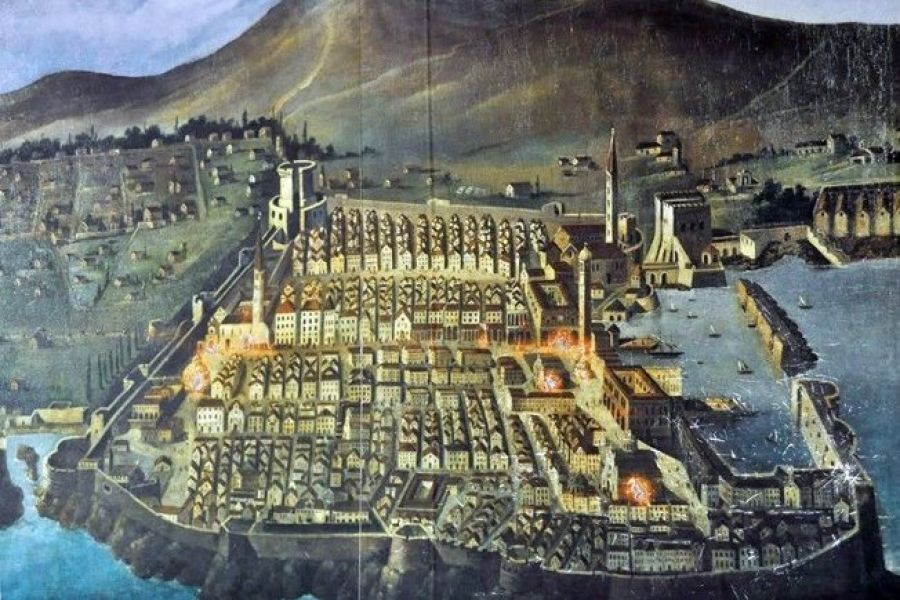
April 7
Krsto Hegedušić, who died on this day in 1975, was a Croatian painter, illustrator and theater designer. His most famous paintings depict the harsh life of the Croatian peasantry in the manner of naive art. He was one of the founders of the Earth Group. In 1920 Hegedušić enrolled in the Arts and Crafts College in Zagreb, where he made his first idyllic paintings of Podravina. The painting courses of Vladimir Becić and Tomislav Krizman widened his horizons, but did not influence his style. In 1926 he was awarded a French government scholarship and spent two years in Paris. There he studied the paintings of Pieter Brueghel. He made paintings with social themes, showing the exploitation of the Croatian peasants. In 1929 he got together with the painters Ivan Tabaković and Oton Postružnik, as well as Leo Junek in Paris. They founded Zemlja ("soil" in Croatian), the first Croatian group of artists that promoted Marxism. In 1930 he founded the Hlebine School, a naive art movement that involved young peasant painters. One of them, Ivan Generalić, reached world fame. Podravina Motifs, published in 1933, was a book combining his drawings with a poetic essay by Miroslav Krleža, today considered a masterpiece of Croatian literature. Hegedušić started teaching at the Academy of Fine Arts Zagreb in 1936. During the anti-communist oppression in the 1930s, he was arrested several times.
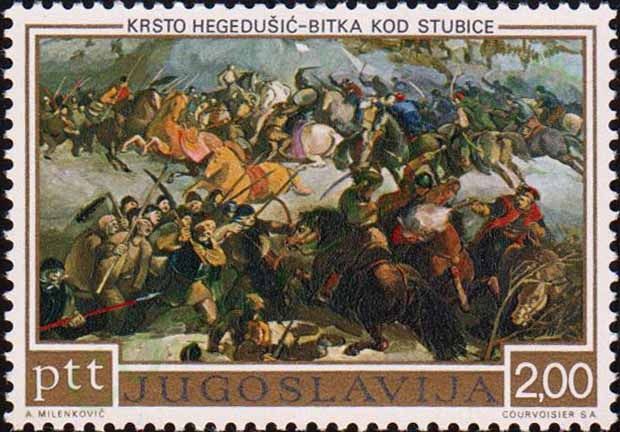
April 8
Born on this day in 1915, was a Croatian physicist, philosopher, writer, playwright, peace activist and humanist. Supek was born in Zagreb. He moved to Leipzig where in 1940 he obtained his PhD in physics under Werner Heisenberg. He worked on problems of superconductivity, but ultimately his doctoral dissertation was on electrical conductivity in metals in low temperatures. In March 1941 he was arrested by the Gestapo for being involved in antifascist activity and held in prison for many months. His professors, Heisenberg, Hund and von Weizsäcker intervened to release him from prison. Immediately after being released, instead of returning to Leipzig, he went back to Independent State of Croatia and joined the communist antifascist movement. In 1946 he became a professor of theoretical physics at the University of Zagreb. His main contribution to physics was the discovery of the differential equation for electrical conductivity at low temperatures. In 1950 he advocated the construction of the Ruđer Bošković institute in Zagreb and became one of its founders. He was excluded from it in 1958 due to his disagreement with the Yugoslav Federal Commission for Nuclear Energy and his unwillingness to participate in a project for building the atomic bomb (an idea Josip Broz Tito himself did not like much, and which was subsequently abandoned). In 1968 he became the rector of the University of Zagreb, serving two terms until 1972, during the turbulent times of the Croatian Spring. He retired in 1985, but ever since continued his humanist work. He founded a citizen association, Alijansa za treću Hrvatsku (Alliance for the third Croatia). He was a critic of globalisation and a proponent of the global justice movement.
